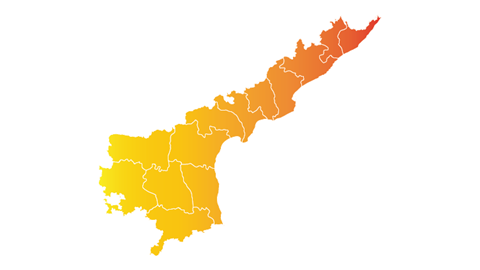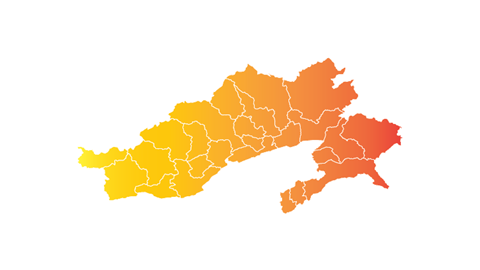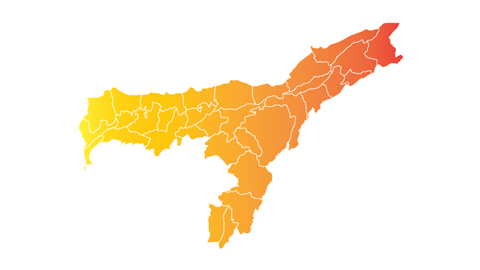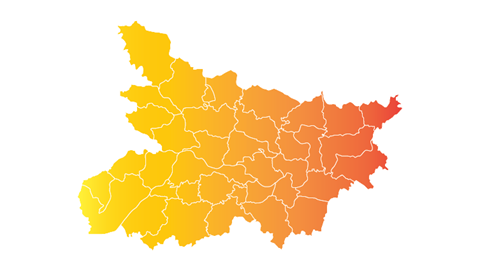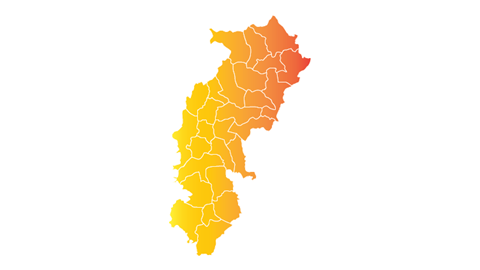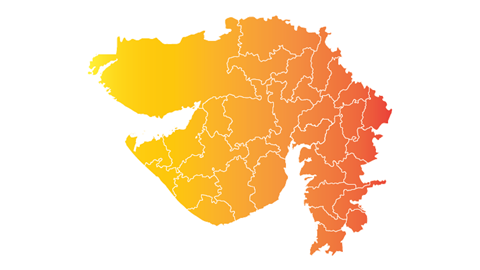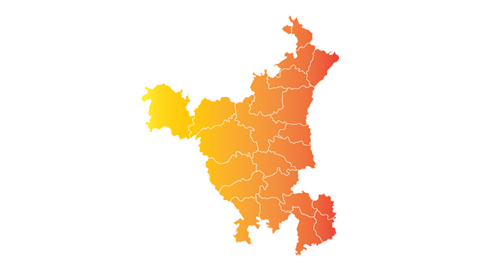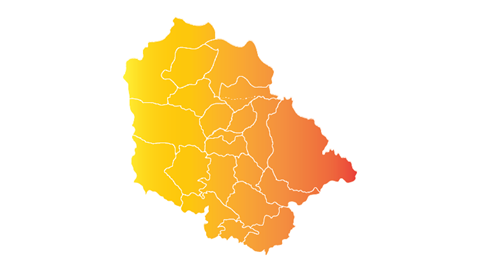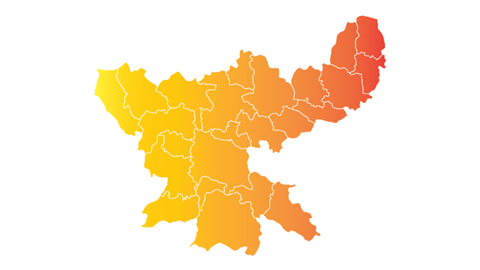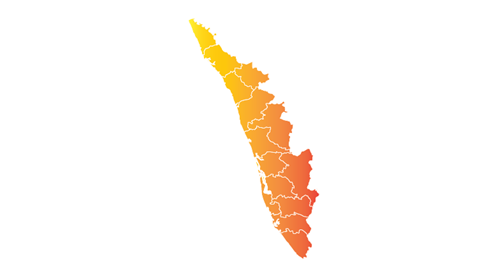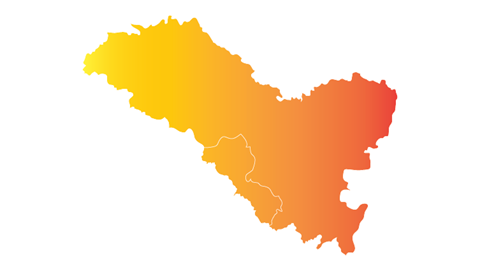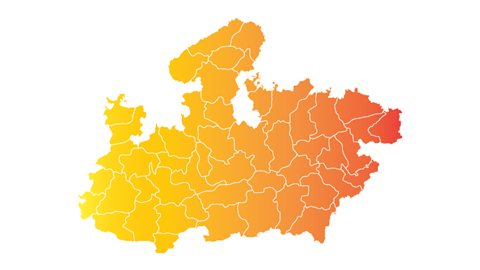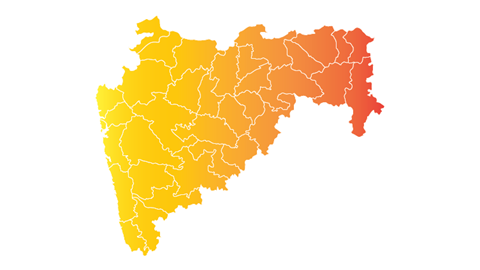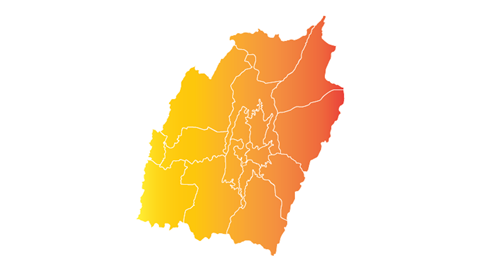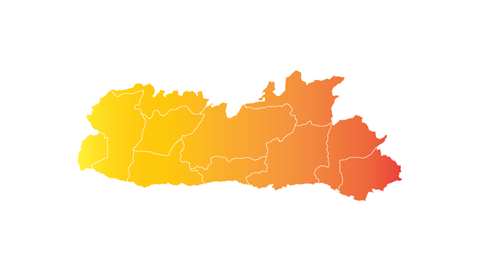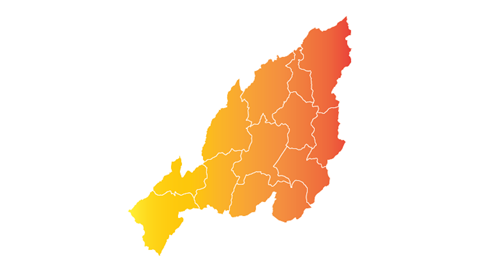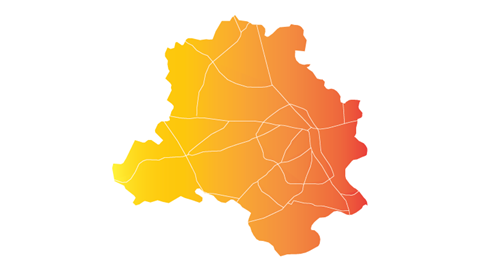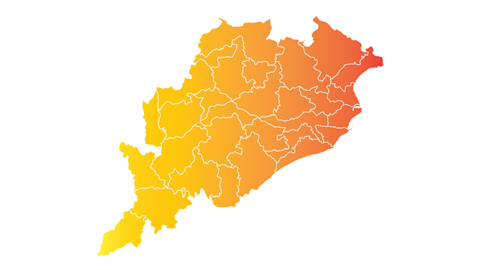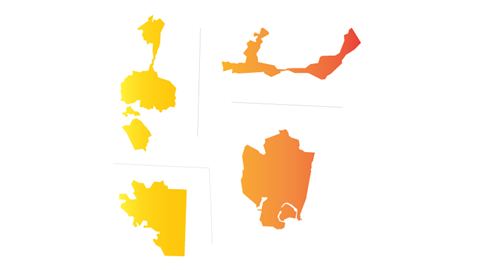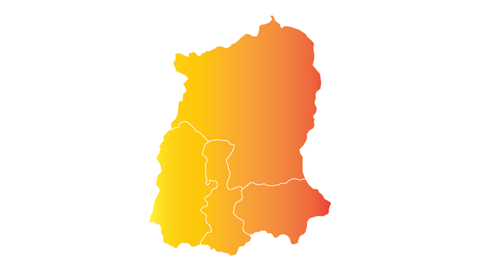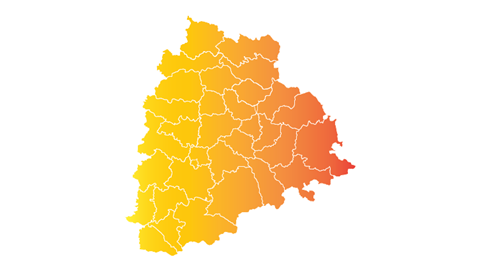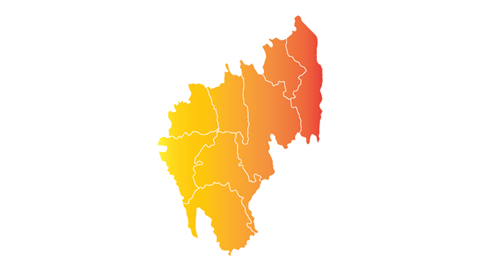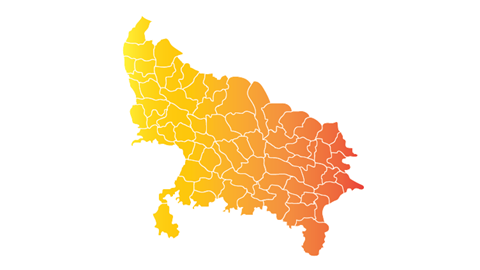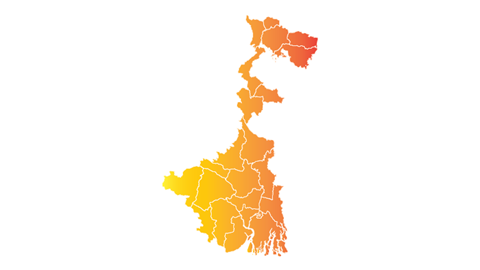Punjab State
Critical minerals, policy, and the energy transition
The Energy Transition in Punjab, India
Punjab, a crop-rich state in northern India, is reworking its power mix to reduce coal imports and unlock solar potential across its vast agricultural lands and irrigation networks. Installed capacity stands at over 14 GW, but more than 80% is coal-based, with summer peak demand exceeding 15 GW and rising steadily. The Punjab Renewable Energy Policy 2023 targets 6 GW of solar and 500 MWh of storage by 2030. Rooftop PV already exceeds 1.2 GW across factories, farmhouses and public buildings. Canal-top and canal-bank projects on the Sutlej and Beas rivers are expected to add 2 GW, while a 1 GW solar park in Bathinda and 100 MW of agrivoltaics in Mansa and Fazilka are under development. A 300 MWh battery system planned near Ludhiana will shift surplus daytime generation into the evening industrial peak, while the Talwandi Sabo refinery is preparing for green hydrogen blending in fertiliser and transport fuels. Though Punjab lacks major mineral reserves, its agricultural base and industrial zones offer circular opportunities. Crop residues are being converted into pellets, biogas and bio-CNG, while Ludhiana and Mohali lead in e-waste recovery and secondary copper, aluminium and rare-earth magnet recycling. By coupling distributed solar, bioenergy and urban mining, Punjab is positioning itself as a clean-power and circular-materials hub for northern India.
A state-by-state analysis of India’s critical minerals and energy transition policies
SFA explores the state-level frontlines of India’s strategy to secure its position in the global energy transition. As demand surges for critical minerals used in electric vehicles, grid storage, solar, and hydrogen technologies, India is intensifying efforts to diversify supply, localise processing, and reduce strategic dependencies. This analysis examines how mineral endowments, state-level industrial policy, and renewable energy deployment intersect across the Indian landscape. From lithium-bearing pegmatites in Karnataka and Jammu & Kashmir to rare-earth-rich coastal sands in Tamil Nadu and Odisha, this state-by-state review highlights the opportunities and constraints shaping India’s clean-energy future and its role in global mineral security.


Meet the Critical Minerals team
Trusted advice from a dedicated team of experts.

Henk de Hoop
Chief Executive Officer

Beresford Clarke
Managing Director: Technical & Research

Jamie Underwood
Principal Consultant

Dr Jenny Watts
Critical Minerals Technologies Expert

Ismet Soyocak
ESG & Critical Minerals Lead

Thomas Shann Mills
Senior Machine Learning Engineer

Rj Coetzee
Senior Market Analyst: Battery Materials and Technologies

Franklin Avery
Commodity Analyst

How can we help you?
SFA (Oxford) provides bespoke, independent intelligence on the strategic metal markets, specifically tailored to your needs. To find out more about what we can offer you, please contact us.

